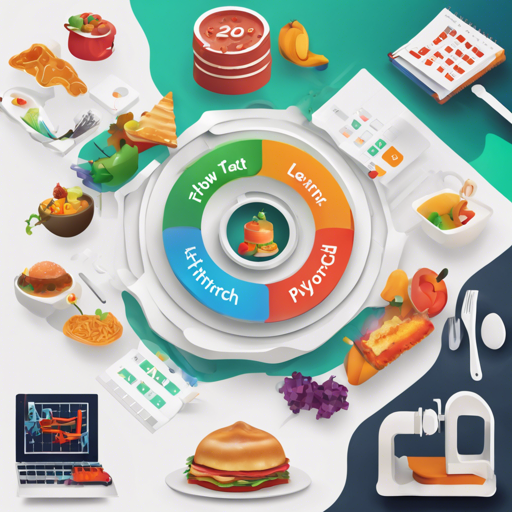Are you curious about diving into the world of PyTorch and mastering it in just 20 days? Exploring the universe of deep learning with PyTorch can seem daunting at first, but with a structured plan, it can be as simple as pie! In this article, we’ll break down your path to learning PyTorch with clear daily tasks, helpful resources, and troubleshooting tips. So, let’s get started on this exciting journey!
Your 20-Day Plan: Daily Breakdown
Here’s a roadmap for your 20-day exploration of PyTorch:
- **Day 1:** Introduction to PyTorch
- **Day 2:** Tensors fundamentals
- **Day 3:** Working with PyTorch operations
- **Day 4:** Understanding neural networks with PyTorch
- **Day 5:** Basics of PyTorch’s APIs
- **Day 6:** Building your first dataset
- **Day 7:** Exploring DataLoader
- **Day 8:** Introduction to Model Training
- **Day 9:** Optimization techniques
- **Day 10:** Understanding loss functions
- **Day 11:** Advanced features of PyTorch API
- **Day 12-14:** Deep dive into neural networks and performance tuning
- **Day 15-17:** Working with datasets and DataLoader
- **Day 18:** Visualization with TensorBoard
- **Day 19-20:** GPU programming and performance enhancements
Getting Started: Your Initial Steps
To begin your journey with PyTorch, follow these initial steps:
- Clone the PyTorch repository from GitHub. You can use the command:
- Next, set up your environment by installing required libraries. You can do this using:
- Finally, import PyTorch and check that everything works by running a simple code snippet:
git clone https://gitee.com/Python_Ai_Road/eat_pytorch_in_20_dayspip install -r requirements.txtimport torch
from torch import nn
print("torch version:", torch.__version__)
a = torch.tensor([[2, 1]])
b = torch.tensor([[-1, 2]])
c = a @ b.t()
print([[2, 1]] @ [[-1], [2]] = , c.item())Understanding the Code: An Analogy
Think of PyTorch as a powerful library of LEGO blocks. Each block represents a small piece of functionality: tensors, operations, models, etc. Just like with LEGOs, you can stack these blocks in various combinations to build something larger and more complex, like a spaceship or a castle (in this case, a deep learning model). The code you’ve seen earlier demonstrates how to create pieces, perform operations, and see the results of building your model step-by-step.
Troubleshooting Common Issues
Learning a new programming framework can sometimes lead to hiccups. Here are some troubleshooting tips to get you back on track:
- Installation Errors: Make sure your environment has all the required dependencies installed. Using a virtual environment can help manage this.
- Code Fails to Run: Ensure you have the correct version of Python and PyTorch installed. Check compatibility if you are using different libraries.
- Performance Issues: Monitor resource usage, particularly if running on a GPU. Reduce batch sizes or complexity to see if performance improves.
For more insights, updates, or to collaborate on AI development projects, stay connected with fxis.ai.
Conclusion
By following this structured plan over the course of 20 days, you will build a solid foundation in PyTorch and be ready to tackle more challenging deep learning projects. Remember that every small step counts, and with practice, you will become proficient in using PyTorch.
At fxis.ai, we believe that such advancements are crucial for the future of AI, as they enable more comprehensive and effective solutions. Our team is continually exploring new methodologies to push the envelope in artificial intelligence, ensuring that our clients benefit from the latest technological innovations.

